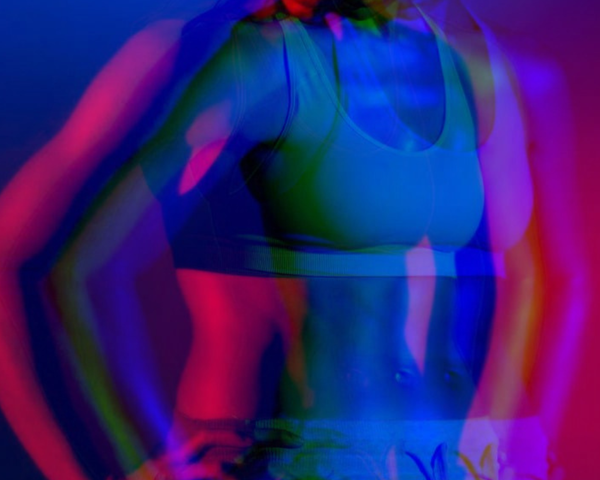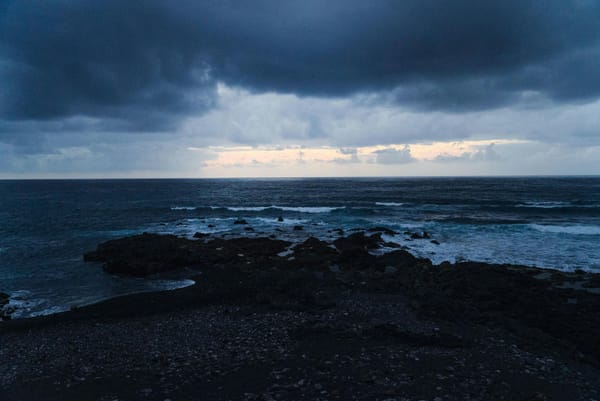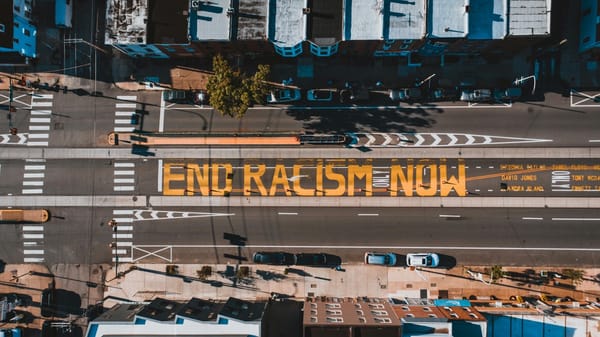“Thirst Trapping” Is Not the Setup You Think It Is, It's a Liberation for LGBTQIA+ Folks
Turns out we've been thirst-trapping for centuries.

Access the Audio Read version of this article directly on Spotify for Podcasters.
The last ten years have seen social media evolve beyond recognition. From the days of MySpace to the reign of Instagram, trends and subcultures have changed at lightning speed, but one thing has remained consistent: our use of social networks to paint an alluring, enticing image of ourselves for potential love interests and followers alike. So much, in fact, that terminology has emerged to label this behaviour. Welcome to the era of thirst traps.
Before we go any further, let’s make a quick stop by Urban Dictionary, which defines a “thirst trap” - or “thirst trapping” - as “a sexy photograph or flirty message posted on social media for the intent of causing others to publicly profess their attraction”. Said thirst trap wasn’t necessarily posted to actually ‘satisfy’ any of this attraction, but it was certainly meant to feed the poster’s ego (or their need for attention).
Now it might seem a reserve of the twenty-first century, but folks on the dating scene, queer or not, have been thirst trapping for centuries. Before photography, favourable portraits of those courting in the upper classes would be sent to potential suitors. Similarly, in the cult 90s film Clueless, Cher organises a photoshoot with the intention of bringing friends Elton and Tai closer together, with Elton placing the flirty, dolled-up result inside his locker. That’s right: Cher Horowitz may have invented the modern version of the thirst trap right then and there.
In more recent years, thirst trapping has taken on a new meaning for LGBTQIA+ TikTok content creators, who are using it as a means of empowerment rather than an egotistical need for attention. Dutch model and TikTok superstar Marthe Woertman (@marthwubbles) is one of the social media personalities at the forefront of the movement, regularly posting content pointing to her fluctuating gender presentation to over one million followers.
Critically, TikTok has provided a unique space for people of all genders and sexual orientations to express themselves. Drag has flourished on the app, providing a space for RuPaul’s Drag Race alumni and smaller drag performers alike to promote their image and individual brands - often through thirst trapping. Drag King Baron LaVey (@baronlavey), who identifies as non-binary, uses TikTok primarily for the purpose of posting thirst traps: “I feel more attractive and empowered in male cosplay. I rarely do female characters, so the vast majority of my thirst traps are male characters, including Severus Snape and Captain Hook, and I usually have a kink, fetish, BDSM twist to my thirst traps.”
“For me, it’s the same feeling I get from performing drag on stage. It’s empowering, and there’s a sense of having control over how people perceive my body,” they said.
But viral TikTokers aren’t the only ones pushing boundaries when it comes to thirst trapping. Ims, a music journalist who identifies as non-binary and bisexual, shared: “Instagram was my primary social media for thirst trapping. I would usually post things before nights out to psych myself up by getting compliments. I definitely did the classic “OMG look at my orange juice, I’m so quirky! Also, I’m in my bra, oops!”, and those ones were always aimed at getting an eyes emoji off of one particular person, though this rarely actually worked.”
Similarly, Rebecca*, a university student who identifies as bisexual, explained: “I’m now in a monogamous relationship, but when I was single, I used Instagram to post thirst traps. To me, a thirst trap doesn’t necessarily encompass a suggestive photo or video: it can be anything for a crush to comment on that might enhance mutual interests – a coffee in a cool café, a gig at an underground venue.”
“Thirst traps can also be posted to gather a response from other members of the LGBTQIA+ community. Posting a selfie and achieving a “yaas queen!” from a fellow queer is just as empowering,” Rebecca said.
Through thirst trapping, LGBTQ+ content creators - and consumers - are progressively queering the lines of sexuality and gender. And while social media may not be shaping our sexuality entirely (yet), queer content creators are increasingly representing more overt expressions of sexuality on quick format apps like Instagram and TikTok - and the general public is asking for more.
Thirst traps have long passed the state of being self-absorbed acts of desperation, they build a sense of community. And it’s liberating.
*Name was changed on request





